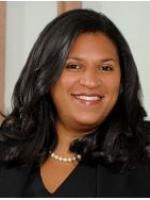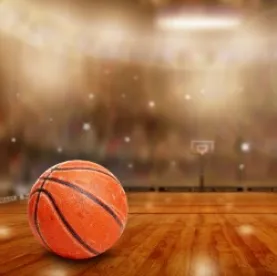The 2023 NCAA Division I Women’s Basketball national championship averaged 9.9 million viewers, becoming the most-watched women’s college basketball game and ESPN platforms’ most-viewed college basketball game (men’s or women’s) on record, and it was not even playing in a prime-time slot. This shows a tidal shift in the interest and growing opportunity in women’s sports, and portends ensuing attention on the governing bodies who oversee them.
How we got here
Women’s sports have historically not been treated equally compared to their male counterparts, and the findings have been well documented. For one prominent example, the USA Women’s National Soccer Team filed a discrimination lawsuit against the U.S. Soccer Federation for paying their male counterparts more than them on the basis that the men’s game “requires a higher level of skill.” For six years, the USA Women’s National Soccer Team argued for equitable treatment, including receiving the same charter flights as their male counterparts, equal bonus opportunities and appearance fees, meal money while at training camps, and about the true definition of equal pay. Last February, the parties finally settled the lawsuit. The female athletes—a group of several dozen current and former players—received $24 million and a pledge from the U.S. Soccer Federation to equalize pay for the men’s and women’s national teams in all competitions, including the World Cup, in the teams’ next collective bargaining agreements. Closing the gap between the two teams could potentially bring in millions of dollars to new U.S. women’s soccer players.
On the basketball front, the WNBA has historically struggled – from franchise value to attendance and media rights, revenues have not increased significantly. But WBNA commissioner Cathy Engelbert, who previously shared that the WBNA is “a male model discounted by 80 to 90%,” has created a five-year plan to increase equity in the WNBA, including assembling a consortium of powerful stakeholders who want to persuade corporate America that the WNBA is more than the NBA’s “little sister.” She emphasizes that the WNBA is a growing business that is only going up since its racial and social activism in 2020. Engelbert also plans to increase marketing, merchandising, higher media rights fees, and potentially expanding into sports gambling and partnerships.
At the collegiate level, the media attention that the 2023 NCAA Women’s championship basketball game received has significantly helped elevate women’s sports. The times in which the women’s component of March Madness was treated as second tier are long gone. Currently there are significant differences between the broadcast agreements of men’s and women’s college basketball—a key factor that continues inequity between them. Under the NCAA’s current contract, the women’s basketball tournament is part of a packaged media deal with ESPN, worth roughly $34 million per year. Because of this year’s substantial jump in viewership of the women’s basketball tournament, however, it is suspected that the women’s tournament will continue to bring enough increased revenue to justify it having its own media rights contract, no longer being a tagalong game. This has inspired college athletic directors to consider whether the same could be done for other growing sports including college baseball, softball, and women’s volleyball.
Finally, the recent rule changes in collegiate sports regarding Name, Image and Likeness (NIL) and the NCAA’s Transfer Portal database will surely add to the growth opportunities for women’s athletics as well. All of these growth opportunities will result in increased challenges for the schools and organizations governing them.
What should Colleges and Universities do?
With more eyes on women’s sports, colleges and universities especially are wise to review their current policies, resource allocations and Diversity, Equity, and Inclusion (DEI) efforts to evaluate where there may be gaps in their guidelines – and work to narrow the divide. Once an assessment is completed, it will be critical to develop a plan, determine metrics for measuring progress, and periodically test these metrics. In addition, maintaining proper communications between compliance officers, athletic directors, and DEI offices will be essential in sharing the progress (and setbacks) being made.
Now is the time to engage outside counsel to assist in developing a plan to limit inequities and to understand the school’s obligations to its student athletes and to put the school in the best position to both attract and retain top talent.






 />i
/>i

